Oceans can sometimes be creepy. The possibility of drowning in a deep dark space, eddies of rip currents, and monstrous creatures lurking in the depths can make even a thalassophile shiver. Talk about the middle of the ocean, nothing can be spookier. In the middle of the Pacific Ocean, there is a point called “Point Nemo” which is the most isolated place on Earth, per Ceros. At this point, a person is likely closer to astronauts at the International Space Station, than any human on land.
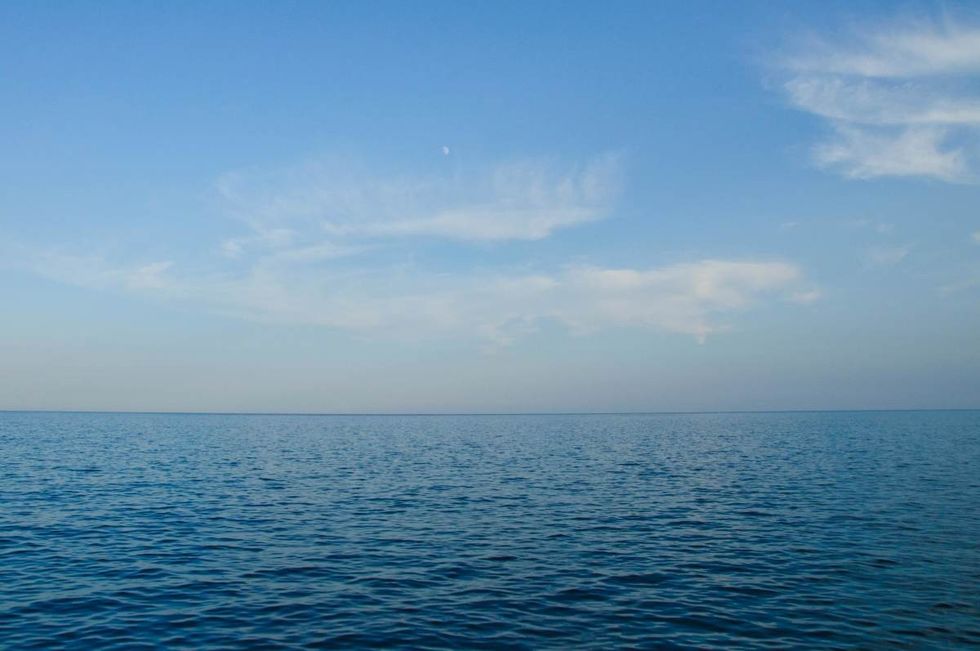
Also known as the oceanic “Pole of Inaccessibility,” the mysterious spot of Point Nemo is the “middle of nowhere.” It is the “loneliest place on Earth.” There is nothing to see at this point except for vast expanses of water stretching in every direction. In Latin, the point means “nobody,” an appropriate word to describe its location. Put simply, it's the point at sea that is furthest from any land.
The point, located at 48°52.6’S 123°23.6’W, was first discovered in 1992 by Croatian Canadian engineer, Hrvoje Lukatela, per Big Think. He named the place after Nemo, the eponymous submarine captain from Jules Verne’s novel “Twenty Thousand Leagues Under the Sea.” However, the point was mentioned in works of literature long before it was discovered.
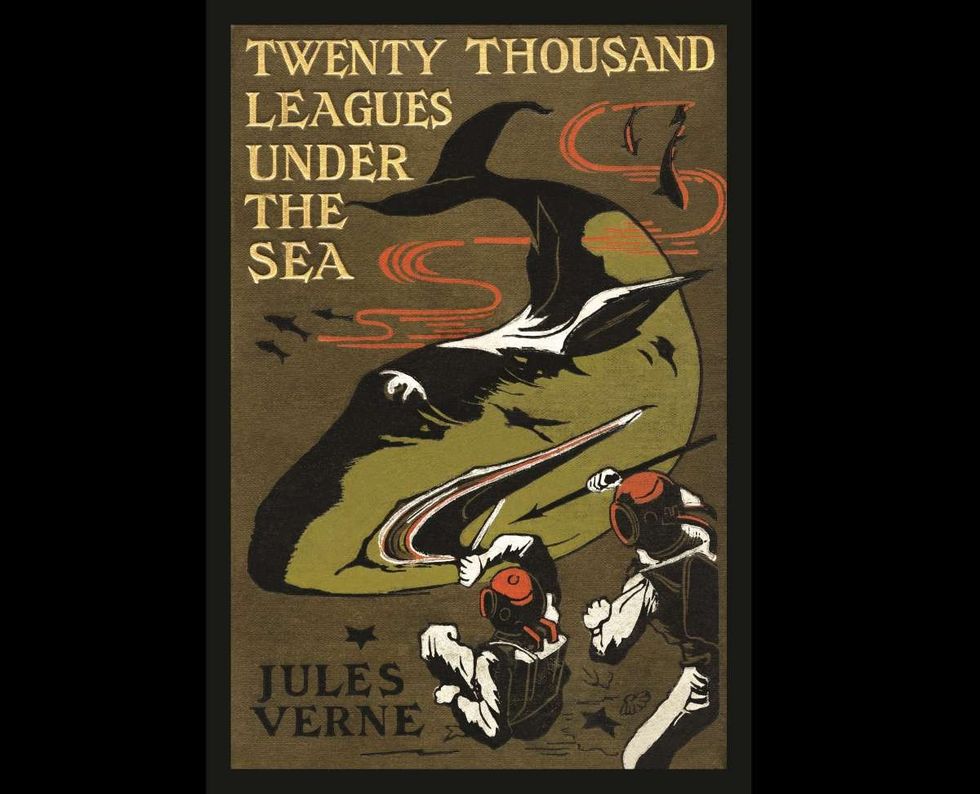
In his novels, H.P. Lovecraft used these eerie waters to create the setting for R’lyeh, a “nightmare corpse city.” In the 1928 novel, “The Call of Cthulhu,” he described this point as the home of the giant monster Cthulhu, part octopus, part human, part dragon: “There lay great Cthulhu and his hordes, hidden in green slimy vaults”.
Circling the point at large distances are tiny island patches including Ducie Island, the Pitcairn Islands, Motu Nui islet, and Maher Island. The nearest land is approximately 1,670 miles away, which makes the astronauts at ISS, who are around 258 miles away from Earth’s surface, closer to this point than any human on land.
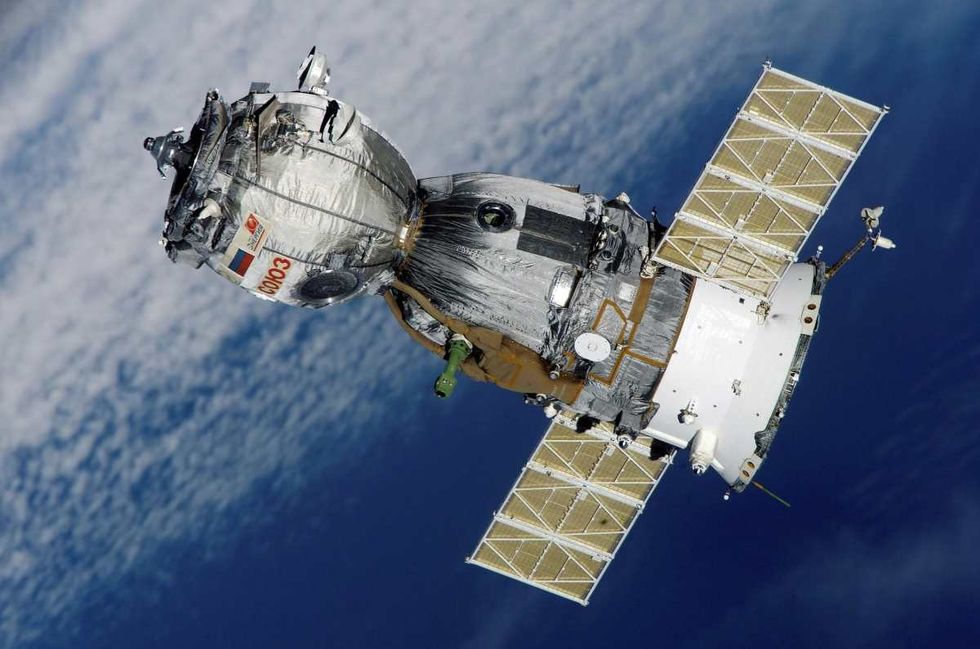
Owing to its remote location, Point Nemo has become the hotbed for receiving enormous space junk that crashes and plummets from the ISS above. Since the 1970s, many global space programs have selected this spot to plunge disintegrated spacecraft, crashing satellites, and other space junk tumbling from the atmosphere.
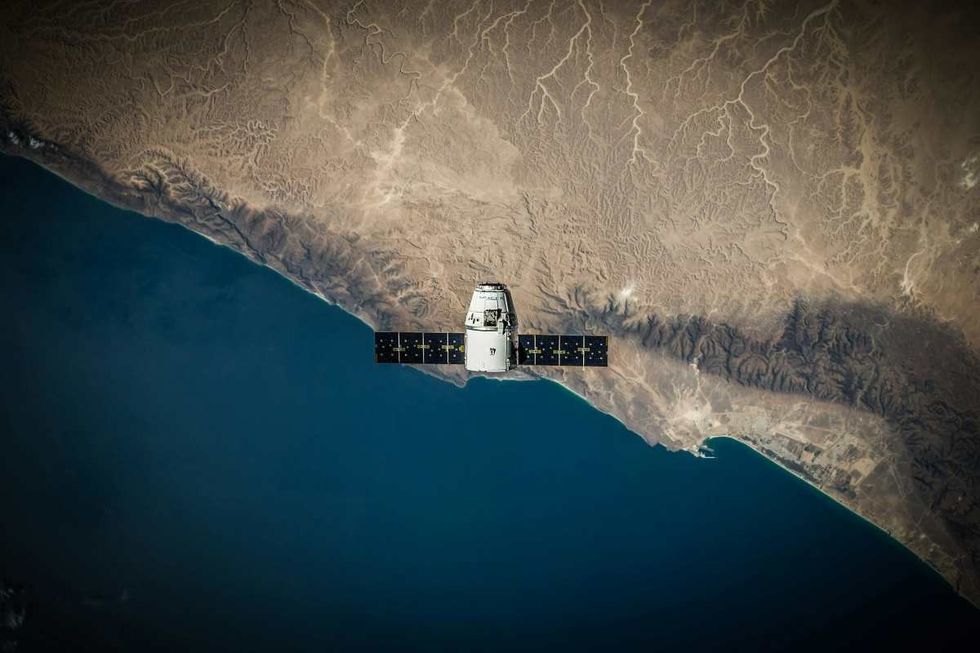
In fact, in January 2022, NASA announced that by 2031, ISS, which has been orbiting for 25 years, will be retired, and the vestiges of the crashing station will plunge downwards into Point Nemo. According to Live Science, this will be the largest addition to the space graveyard at this point, measuring approx. 357 feet (109 meters) long and 925,335 pounds (419,725 kilograms).
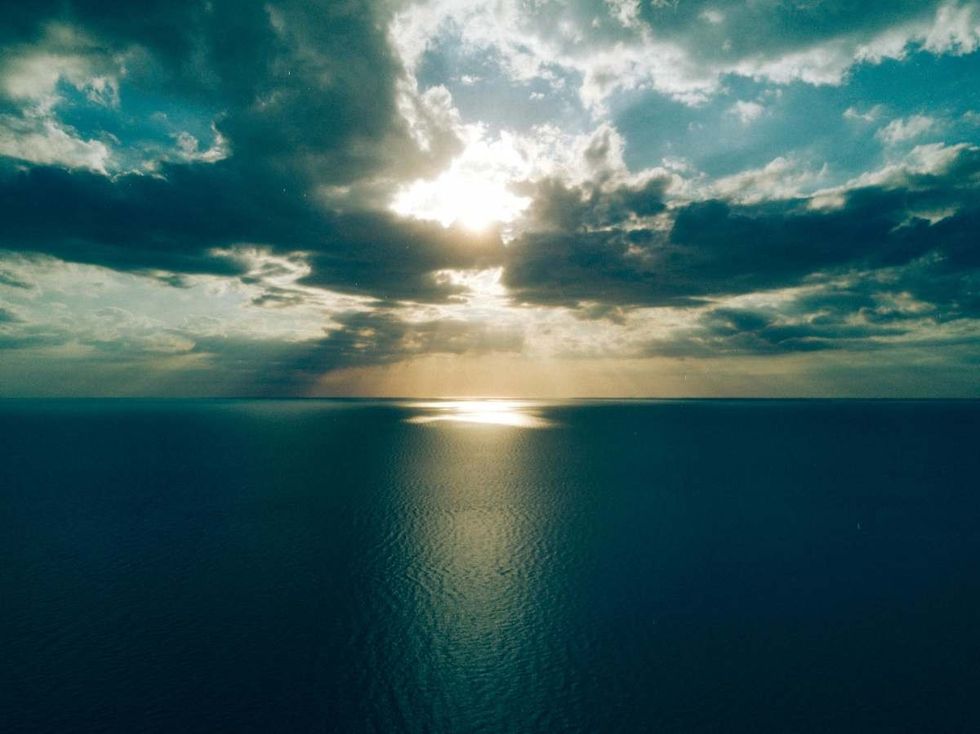
Space agencies usually choose to sink the hurtling spacecraft into this point because it seems to be the best possible option at this time. If these crafts don’t fall into the ocean, they will remain permanently circulating in space, which "is not a solution," Stijn Lemmens, a space debris analyst with the European Space Agency (ESA), told Live Science. According to ESA, the more remnants accumulate in space, the greater will be the risk of collision between these objects. This might trigger a domino of collisions that could be catastrophic for the operational spacecraft.
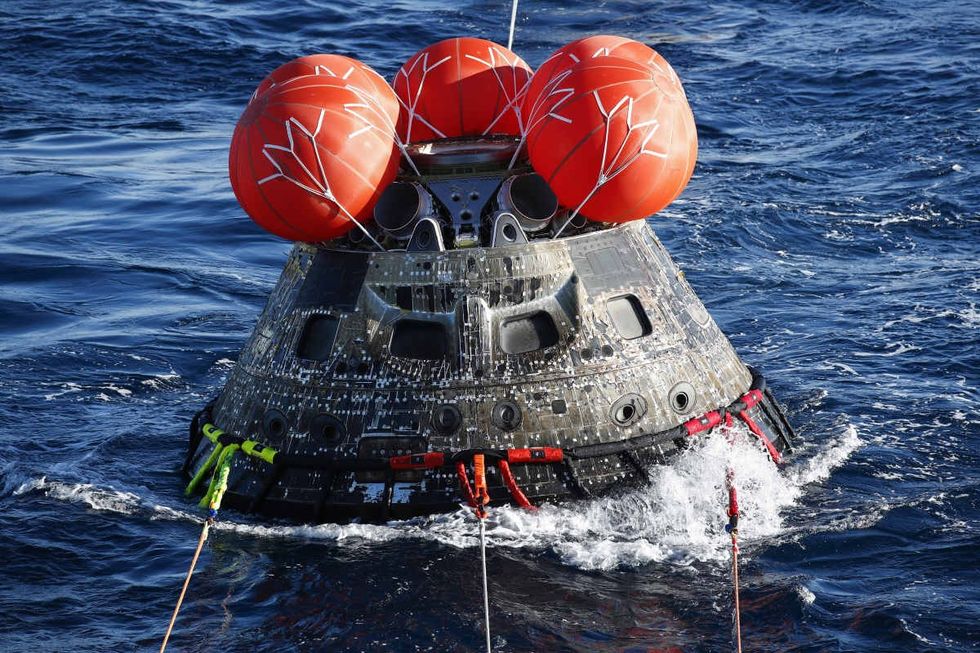
So, the waters at Point Nemo are the next best option. Plus, it is the most isolated point, so the crashing of spacecraft is not likely to pose a danger to any human there. Besides, there is another reason for Point Nemo being the next best option as the space junkyard. Ceros explains that Point Nemo isn’t just remote for humans, its location makes it fairly devoid of even microscopic life.
Since the point sits in the center of the South Pacific Gyre, it is a semi-still area where waves are seldom formed. As a result, the water here lacks nutrients essential for supporting marine life. Since there is no organic material for microbes to feed on, the seafloor is almost devoid of any microscopic life. So, when a spacecraft falls headlong into the deep water, it doesn’t harm any oceanic life.
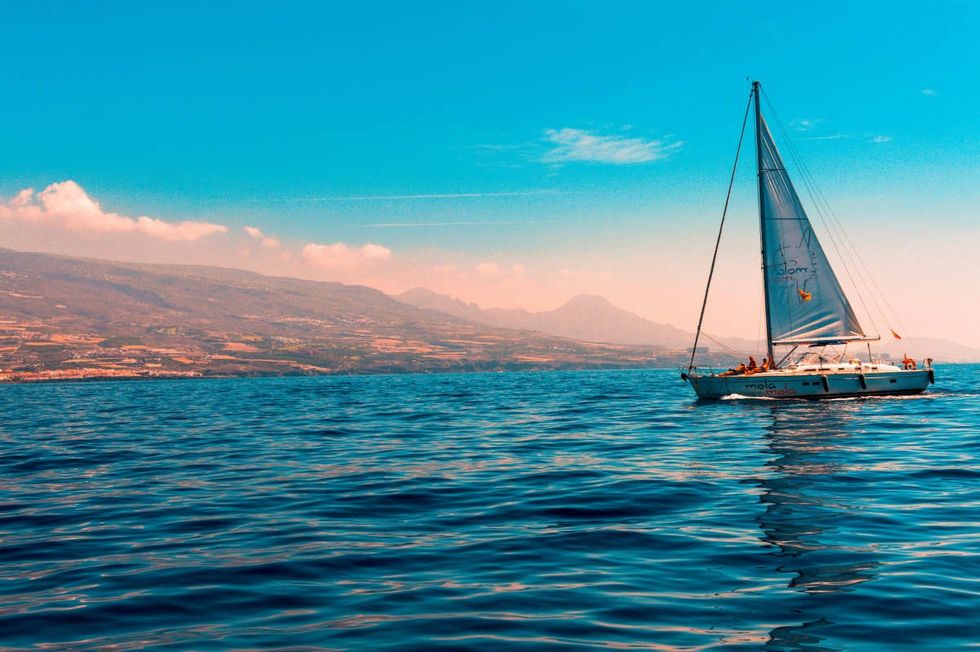
However, at the same time, Lemmens confessed that, although Point Nemo is the seemingly best option for depositing collapsing space junk, it may not always remain the best option forever, "As a consequence of keeping space clean, we should make sure we don't pollute the Earth needlessly, either."









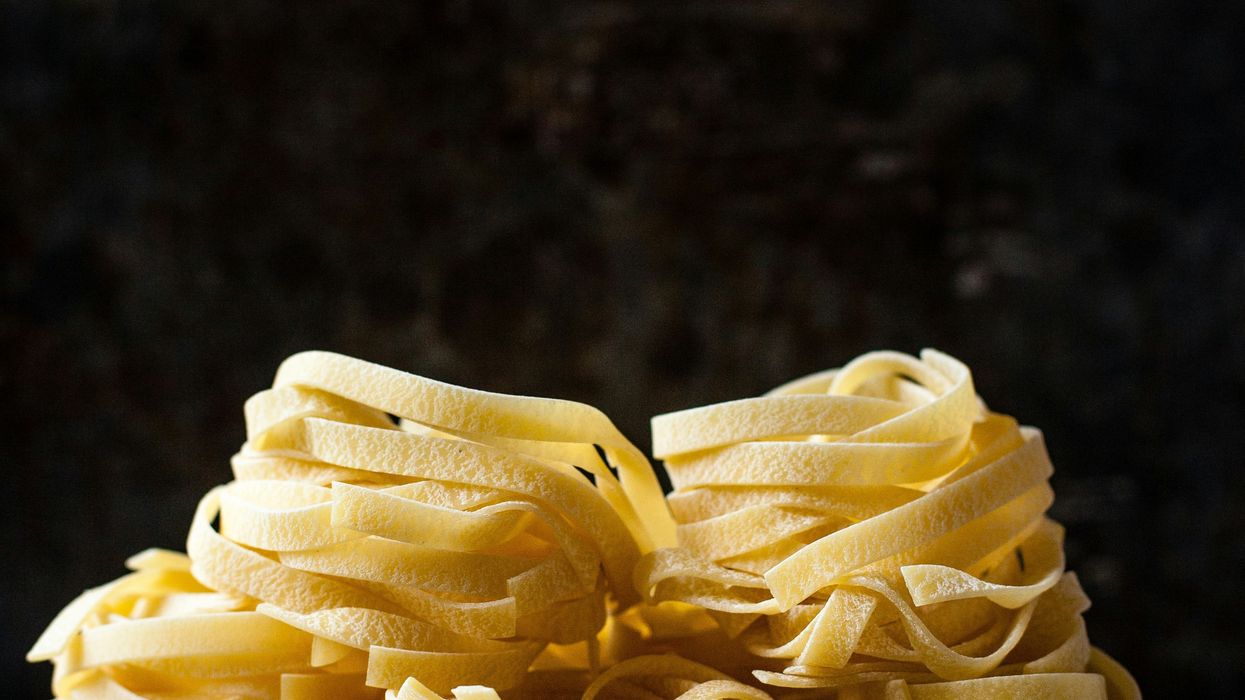

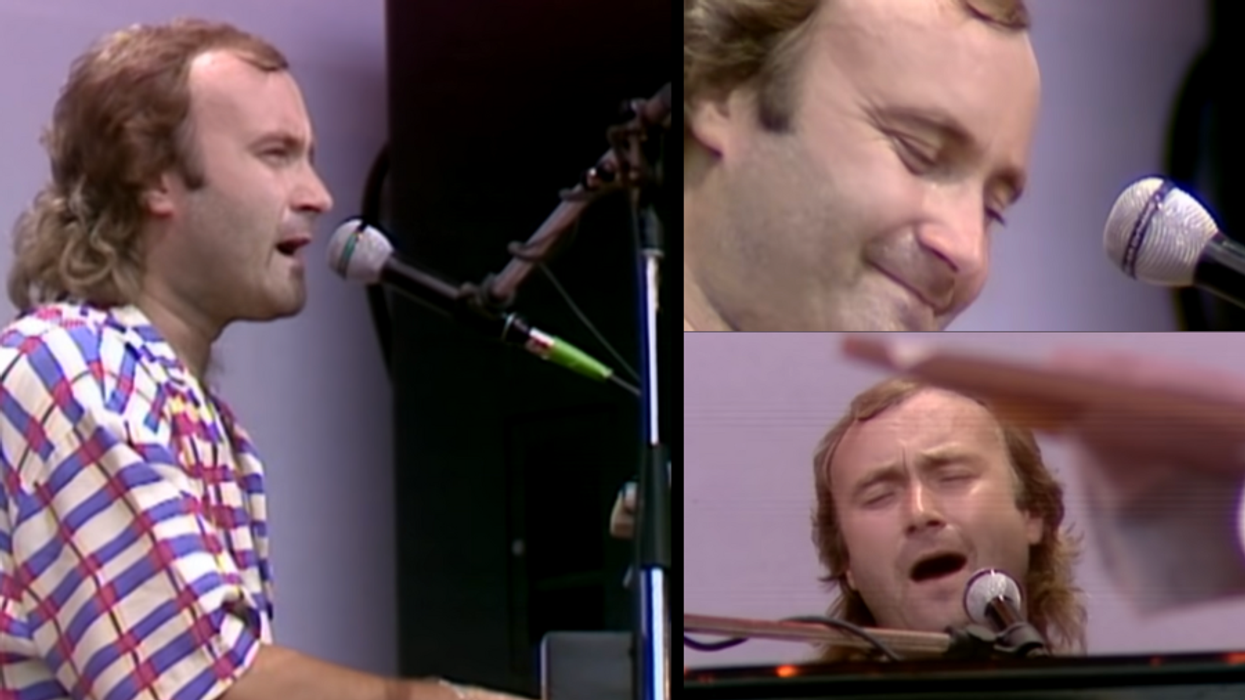
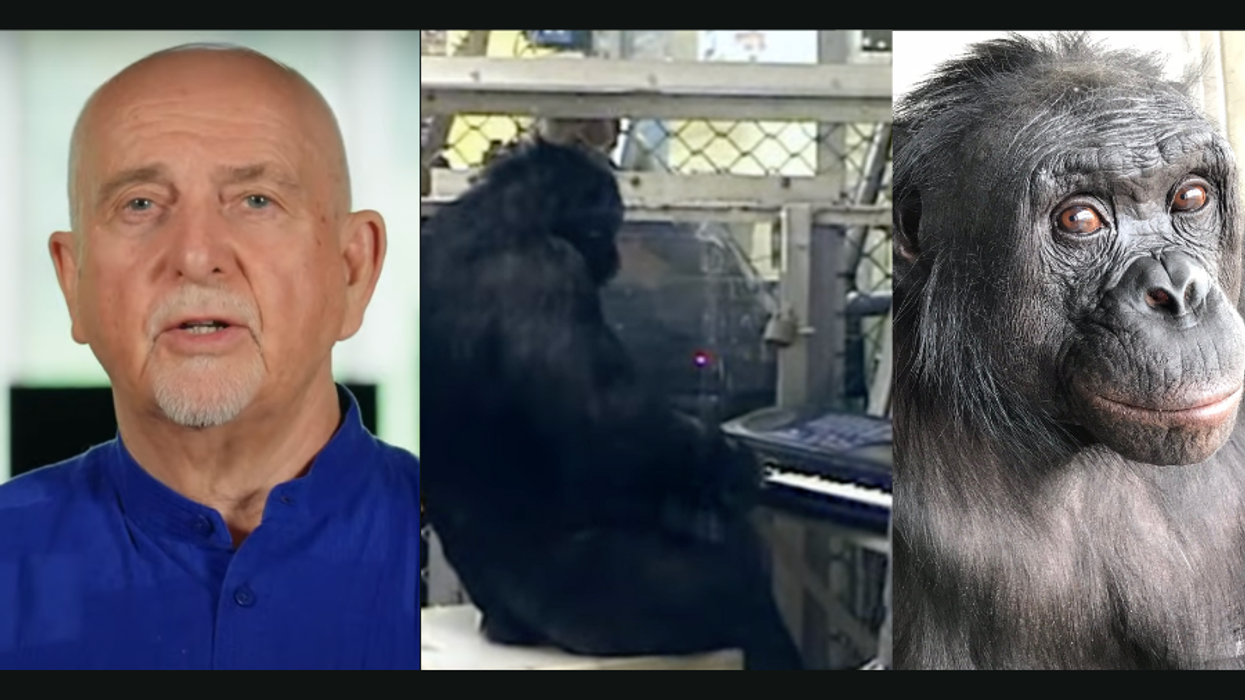

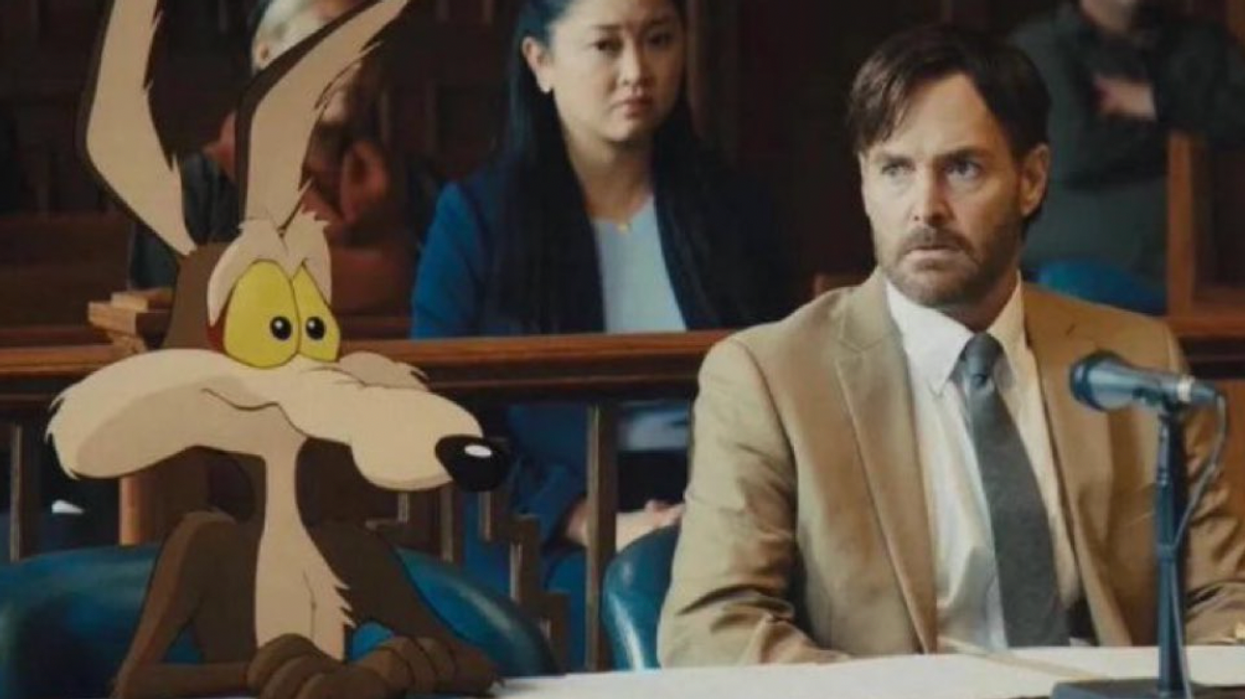



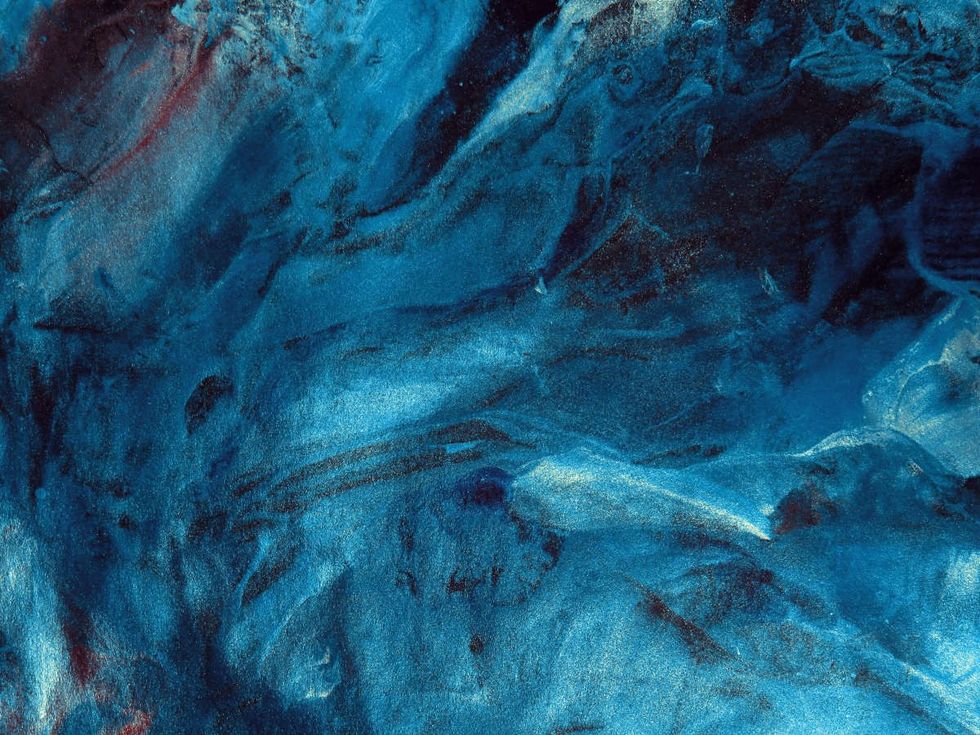 Representative Image Source: Pexels | Anni Roenkae
Representative Image Source: Pexels | Anni Roenkae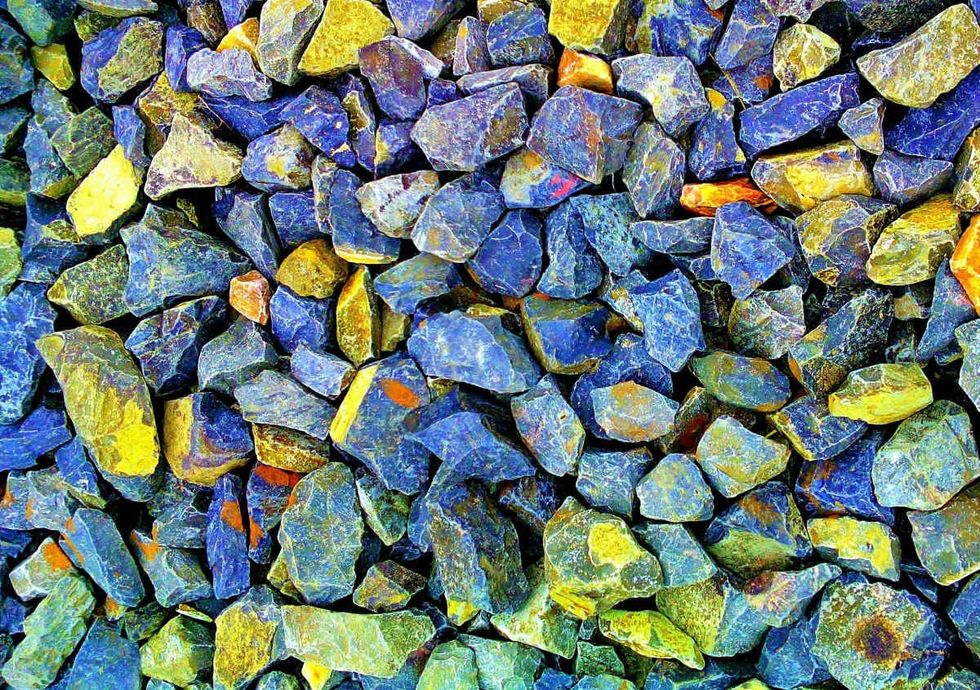 Representative Image Source: Pexels | Its MSVR
Representative Image Source: Pexels | Its MSVR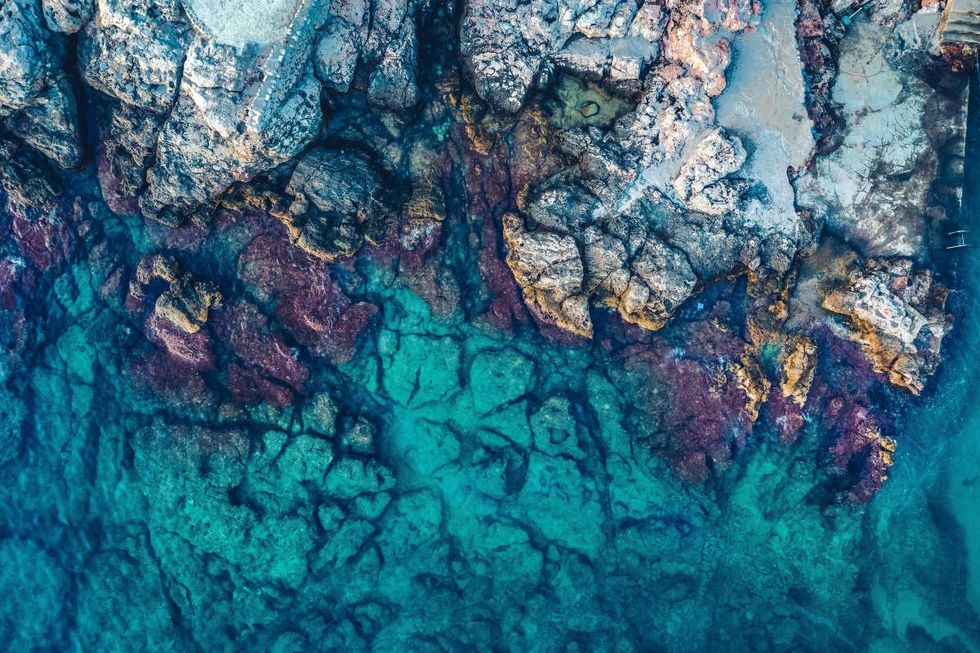 Representative Image Source: Pexels | Lucian Photography
Representative Image Source: Pexels | Lucian Photography

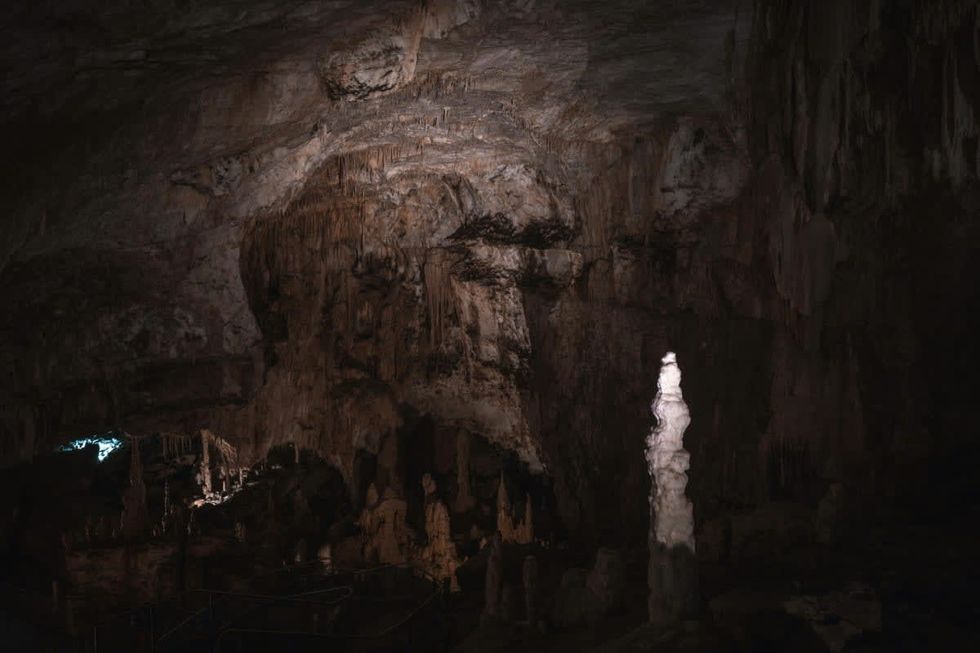 Representative Image Source: Pexels | francesco ungaro
Representative Image Source: Pexels | francesco ungaro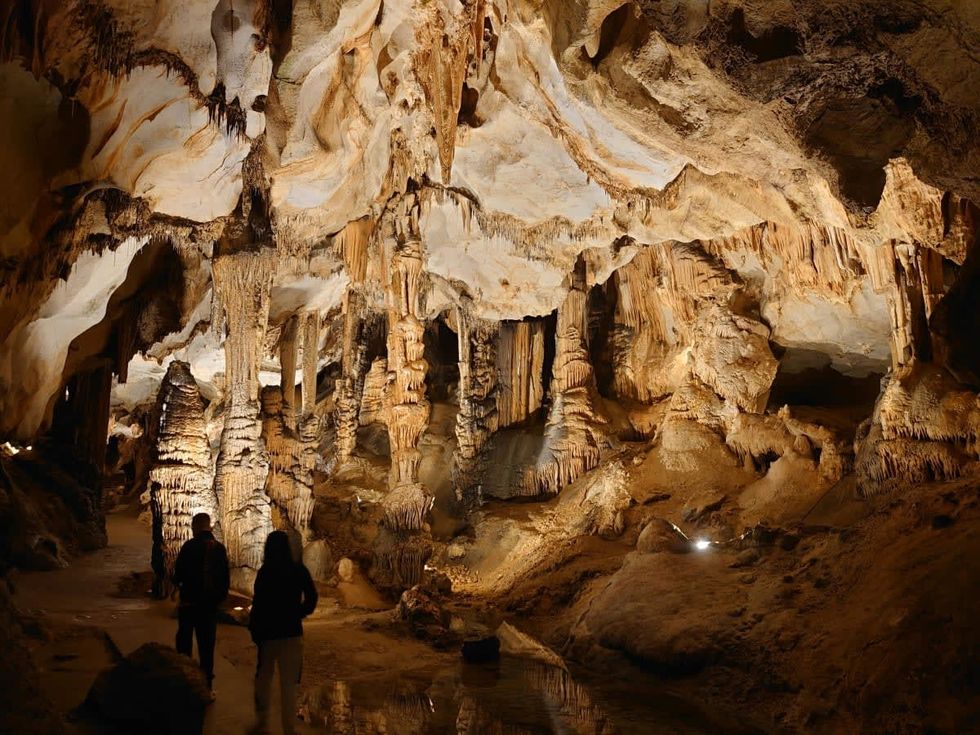 Representative Image Source: Pexels | parfait fongang
Representative Image Source: Pexels | parfait fongang Image Source: YouTube |
Image Source: YouTube |  Image Source: YouTube |
Image Source: YouTube |  Image Source: YouTube |
Image Source: YouTube | 
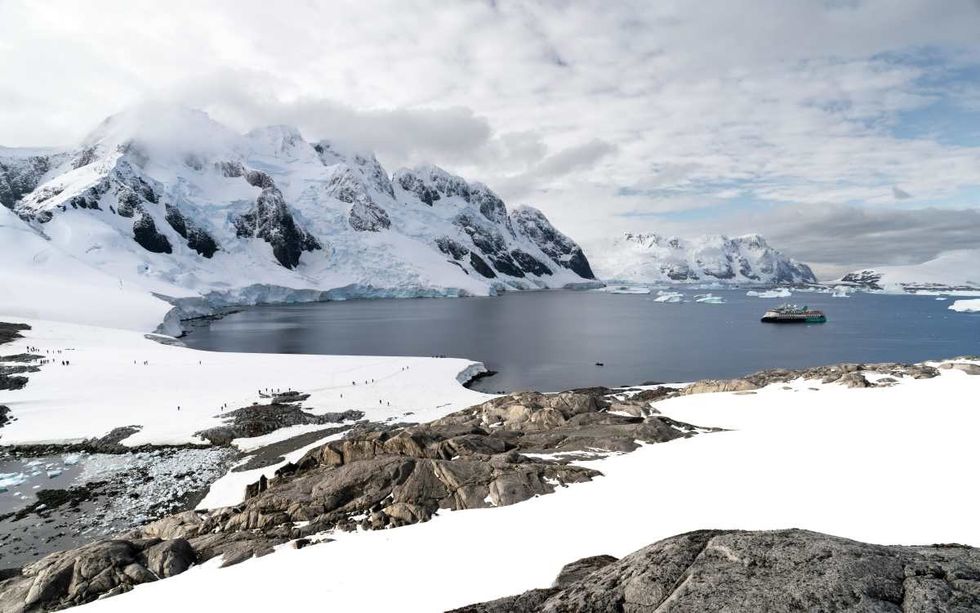 Representative Image Source: Pexels | Hugo Sykes
Representative Image Source: Pexels | Hugo Sykes Representative Image Source: Sectional view of the Earth, showing central fire and underground canals linked to oceans, 1665. From Mundus Subterraneous by Athanasius Kircher. (Photo by Oxford Science Archive/Print Collector/Getty Images)
Representative Image Source: Sectional view of the Earth, showing central fire and underground canals linked to oceans, 1665. From Mundus Subterraneous by Athanasius Kircher. (Photo by Oxford Science Archive/Print Collector/Getty Images)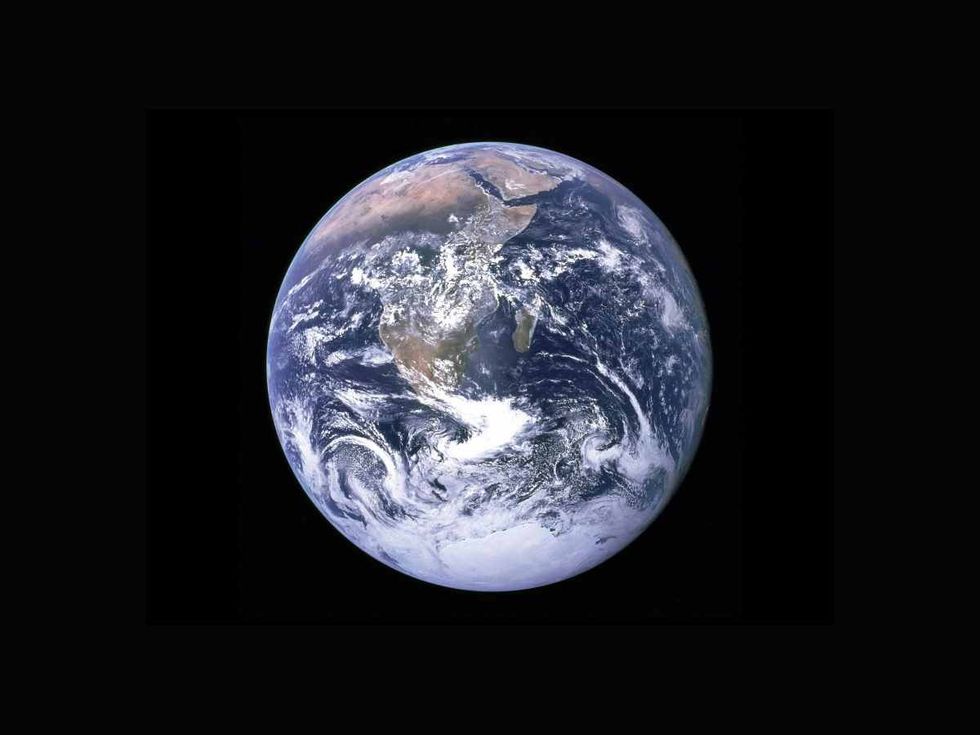 Representative Image Source: Pexels | NASA
Representative Image Source: Pexels | NASA

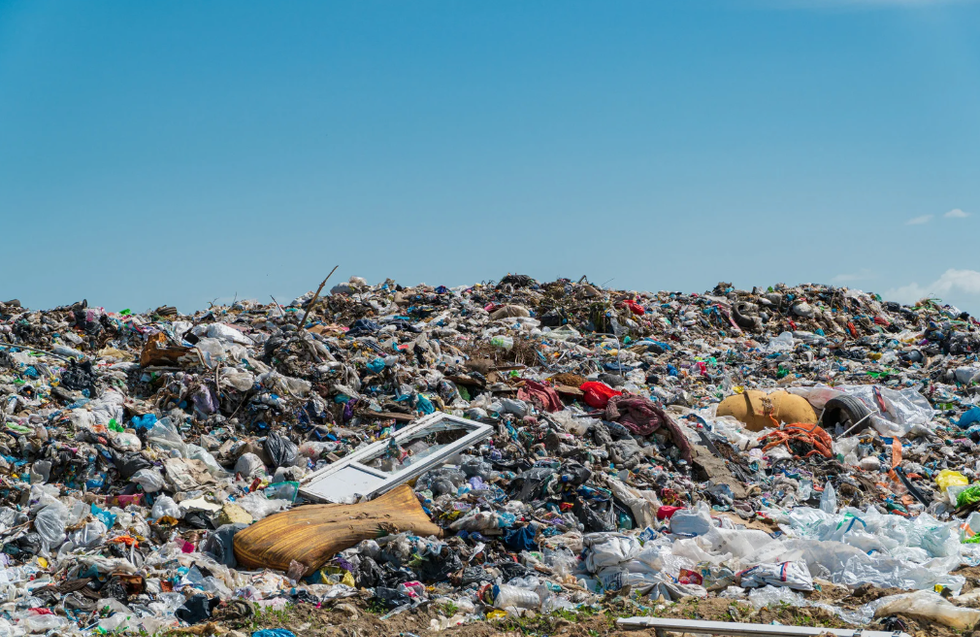


 Representative Image Source: Pexels | Steve Johnson
Representative Image Source: Pexels | Steve Johnson Representative Image Source: Pexels | RDNE Stock Project
Representative Image Source: Pexels | RDNE Stock Project Representative Image Source: Pexels | Mali Maeder
Representative Image Source: Pexels | Mali Maeder
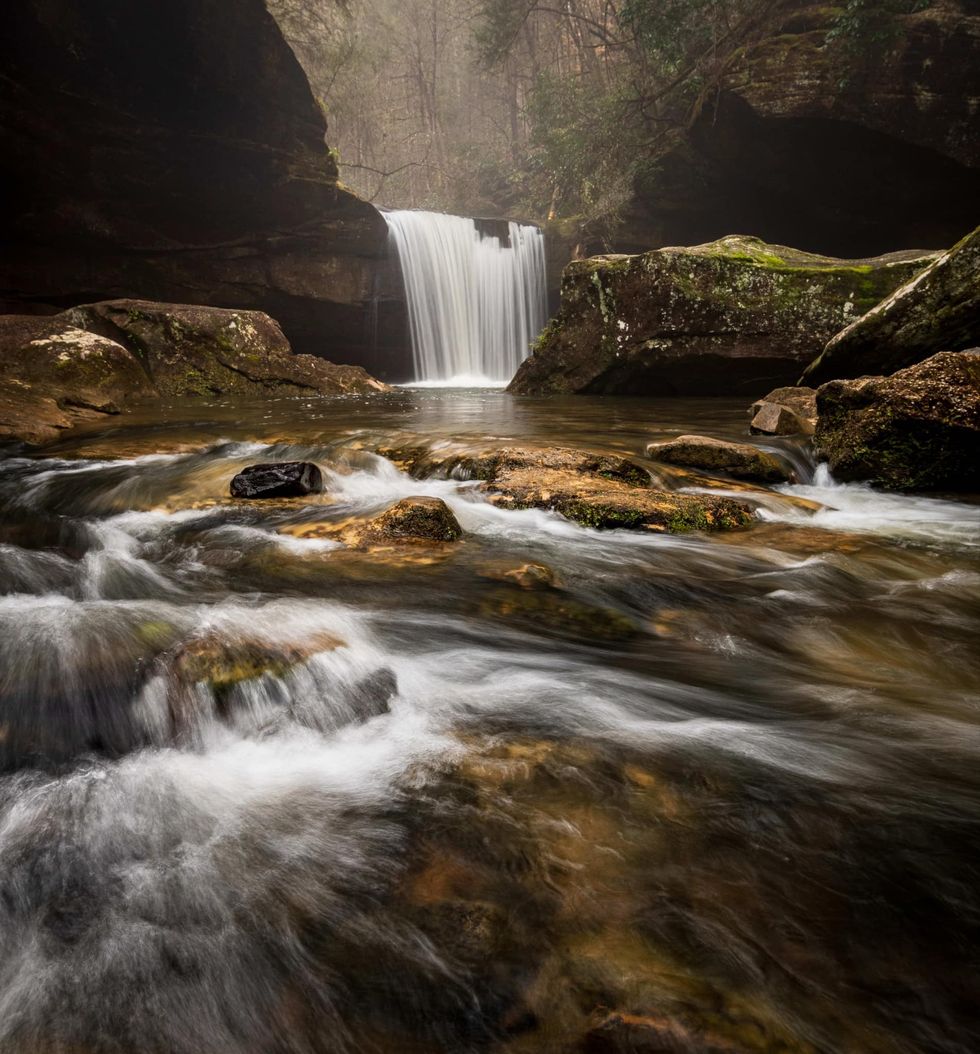 Photo: Craig Mack
Photo: Craig Mack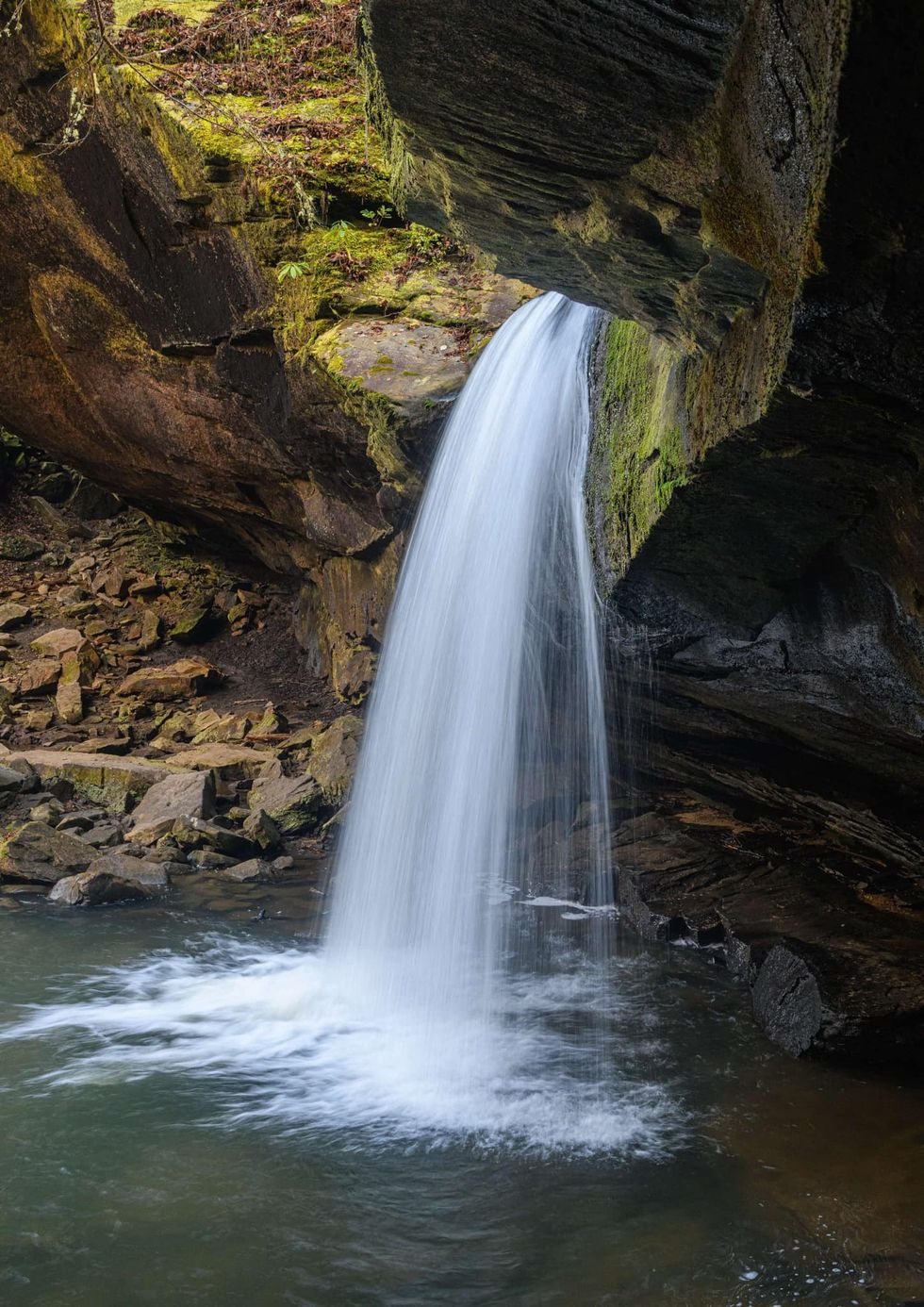 Photo: Craig Mack
Photo: Craig Mack